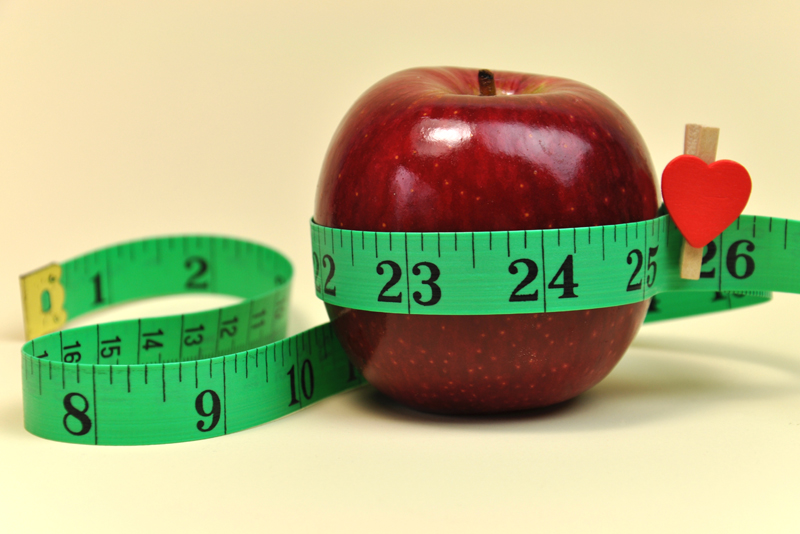Fat Storage and Triglycerides

If you are overweight or obese, it means your fat cells have filled up with triglycerides. What are triglycerides, and how can you efficiently reduce them?
First, a brief technical description. A triglyceride is a molecule that has a glycerol and three fatty acids as its organization. It's a neat, efficient way to organize the energy for storage.

Think of your fat cells as balloons. They can be fairly empty, as you'd see on a thin person. When the body ends up with lots of extra nutrient to store, it tucks those nutrients away in the form of triglycerides into fat cells. The fat cells then expand and balloon out. Fat cells aren't destroyed - they simply fill up and are emptied out.
If you're overweight, you're probably interested in the emptying out part of this.
The triglycerides sit patiently in their fat cell balloons, waiting to be needed. If in a given day you eat enough calories to fill your body's needs, those fat cells aren't touched. They wait there for another day. They're like the emergency food in a basement shelf.
However, let's say that tomorrow you eat less calories than your body needs to do its activities. This means your blood sugar levels drop, and there isn't enough sugar floating around to fuel the brain and muscles and other cells. This drop in blood sugar triggers hormones. Those then instruct lipase to start its chopping process. Lipase works on that starting large triglyceride molecule and cleaves it into its component pieces - the glycerol and the three fatty acids. Those can now leave the fat cell and move out into the blood stream.
Once the four items are out in the blood, they can be used by the rest of the body for various processes.
So, if your aim is to reduce your fat levels, you want to activate that lipase to chop up the fat. You want those triglycerides to get broken down and released out of the fat cells.
You need to start the process by having low blood sugar levels. This means either you don't ingest a full amount of calories in the first place or you have enough activity level to use up the calories you are ingesting.
Let me know if you have any questions on this! I tried to keep this simple so it's understood, but I'm happy to go into more details about any parts of this.

Lisa Shea's Library of Low Carb Books
First, a brief technical description. A triglyceride is a molecule that has a glycerol and three fatty acids as its organization. It's a neat, efficient way to organize the energy for storage.

Think of your fat cells as balloons. They can be fairly empty, as you'd see on a thin person. When the body ends up with lots of extra nutrient to store, it tucks those nutrients away in the form of triglycerides into fat cells. The fat cells then expand and balloon out. Fat cells aren't destroyed - they simply fill up and are emptied out.
If you're overweight, you're probably interested in the emptying out part of this.
The triglycerides sit patiently in their fat cell balloons, waiting to be needed. If in a given day you eat enough calories to fill your body's needs, those fat cells aren't touched. They wait there for another day. They're like the emergency food in a basement shelf.
However, let's say that tomorrow you eat less calories than your body needs to do its activities. This means your blood sugar levels drop, and there isn't enough sugar floating around to fuel the brain and muscles and other cells. This drop in blood sugar triggers hormones. Those then instruct lipase to start its chopping process. Lipase works on that starting large triglyceride molecule and cleaves it into its component pieces - the glycerol and the three fatty acids. Those can now leave the fat cell and move out into the blood stream.
Once the four items are out in the blood, they can be used by the rest of the body for various processes.
So, if your aim is to reduce your fat levels, you want to activate that lipase to chop up the fat. You want those triglycerides to get broken down and released out of the fat cells.
You need to start the process by having low blood sugar levels. This means either you don't ingest a full amount of calories in the first place or you have enough activity level to use up the calories you are ingesting.
Let me know if you have any questions on this! I tried to keep this simple so it's understood, but I'm happy to go into more details about any parts of this.

Lisa Shea's Library of Low Carb Books
You Should Also Read:
Ketones, Ketone Bodies, and Ketosis
Fats - Health Basics
Do Fat Cells Die or Multiply

Related Articles
Editor's Picks Articles
Top Ten Articles
Previous Features
Site Map
Follow @LisaLowCarb
Tweet
Content copyright © 2023 by Lisa Shea. All rights reserved.
This content was written by Lisa Shea. If you wish to use this content in any manner, you need written permission. Contact Lisa Shea for details.










